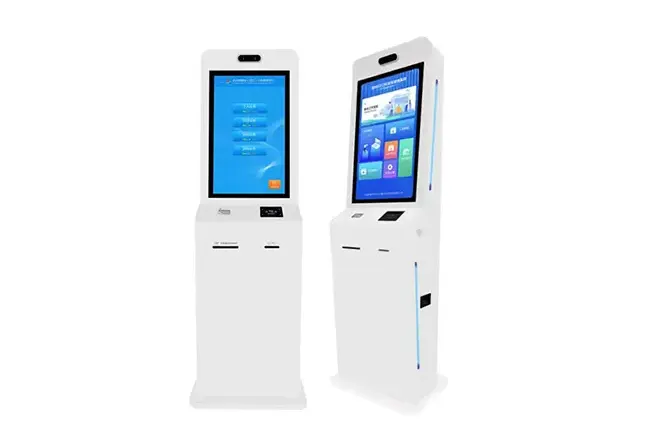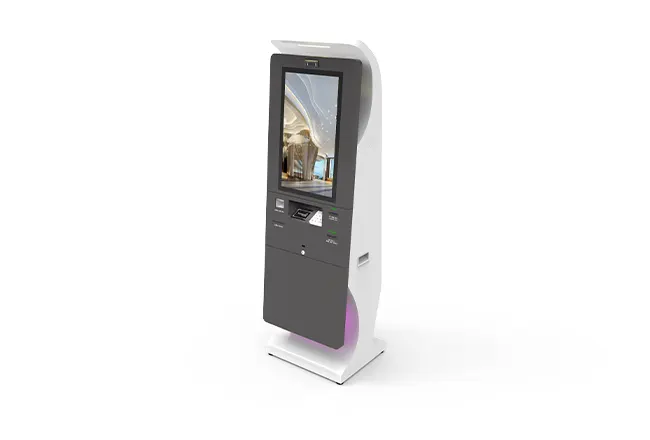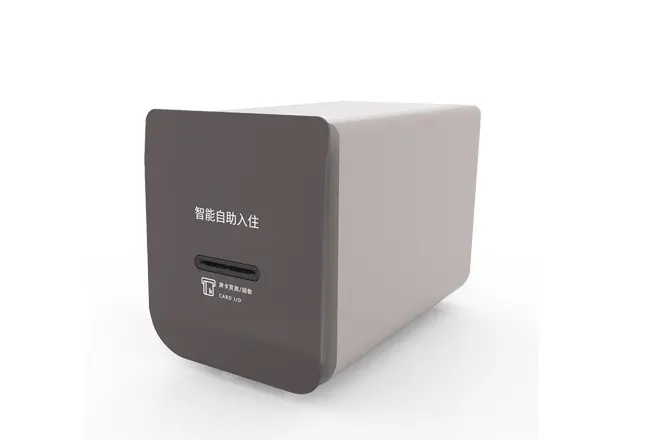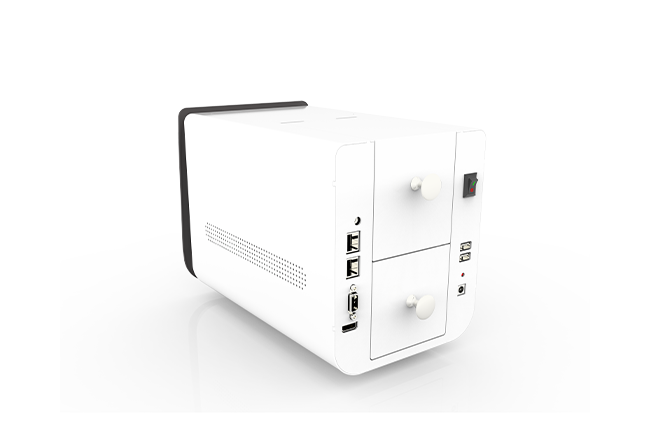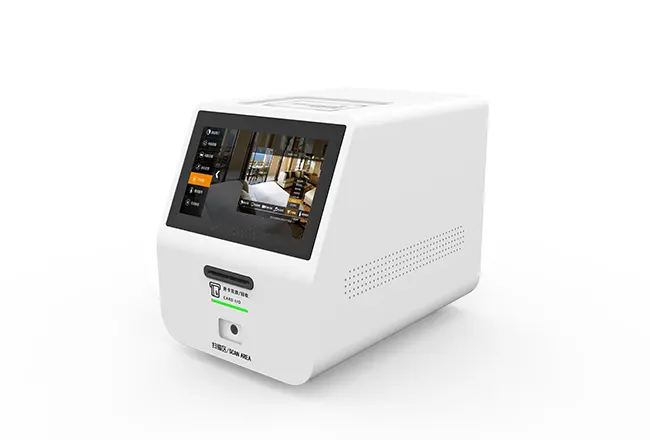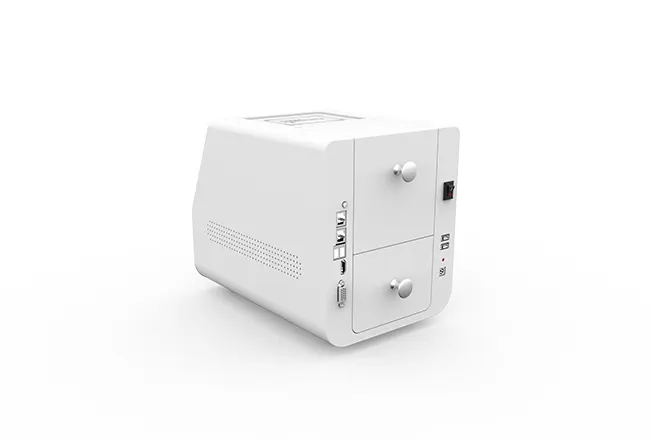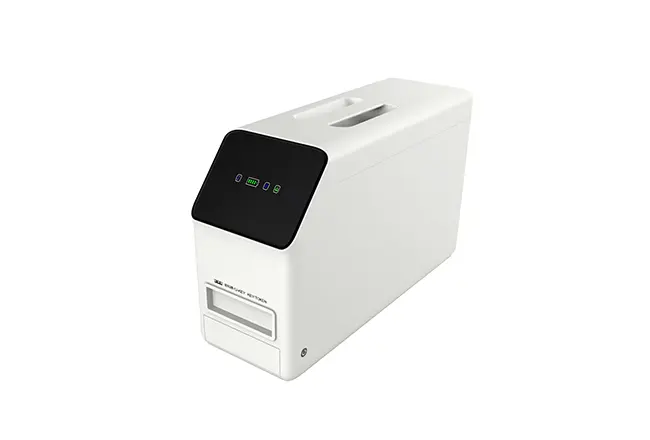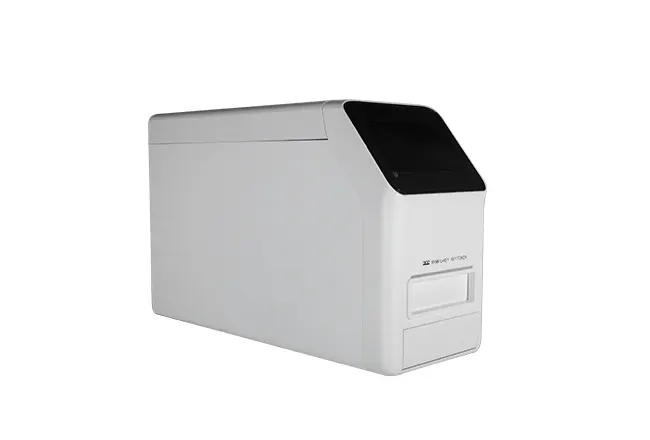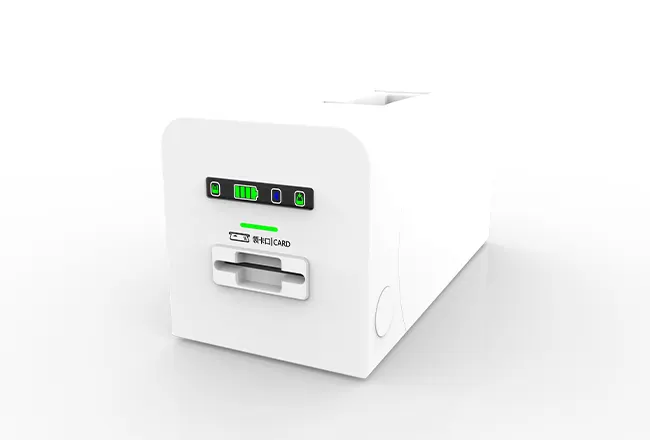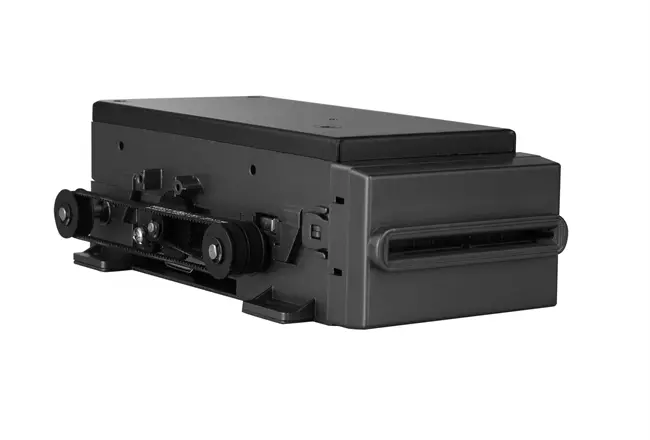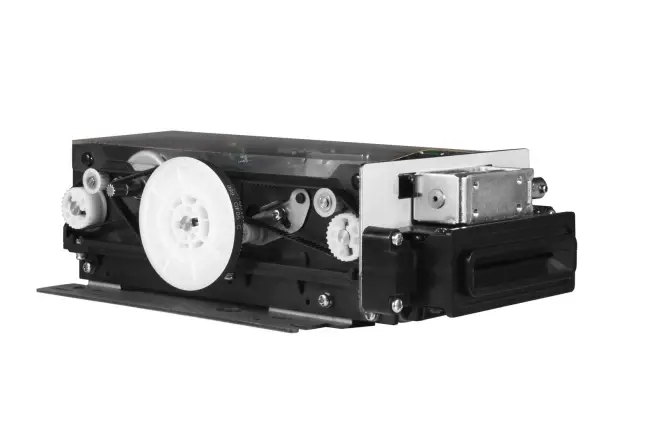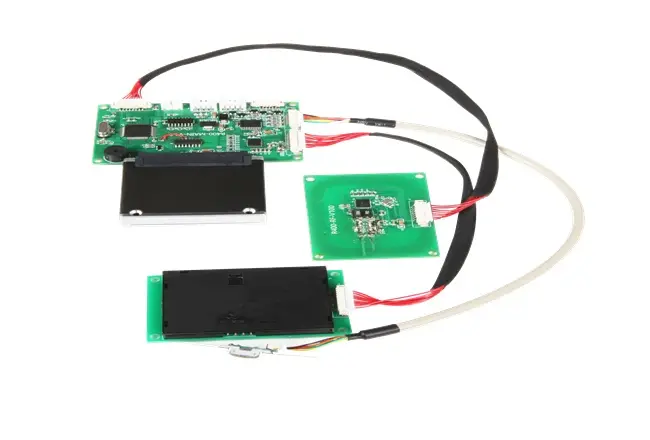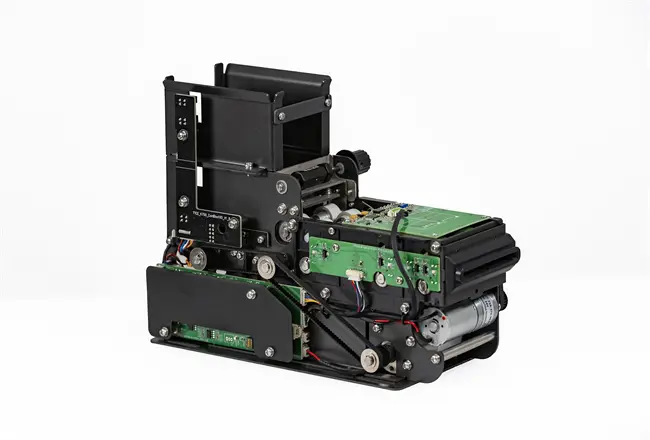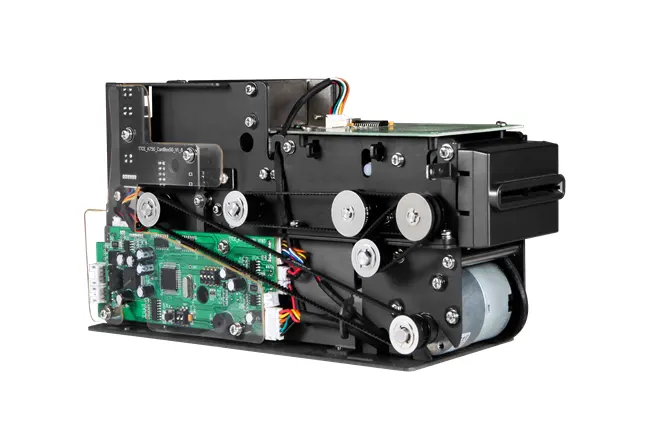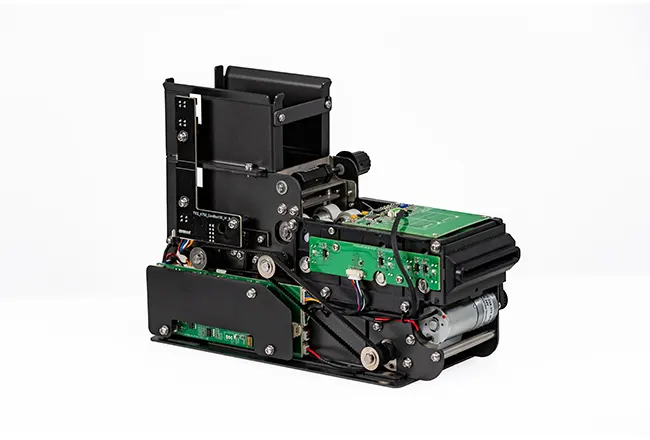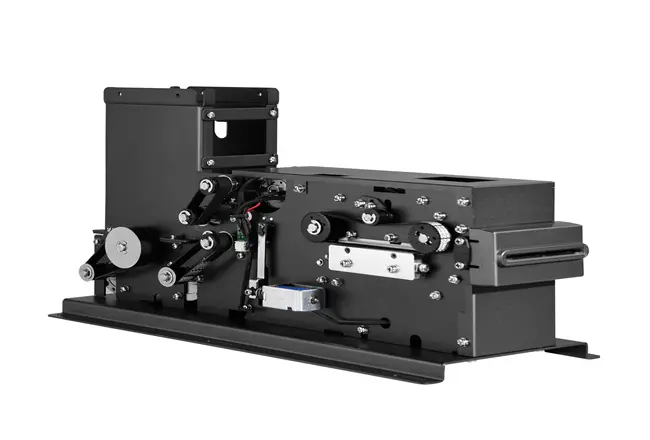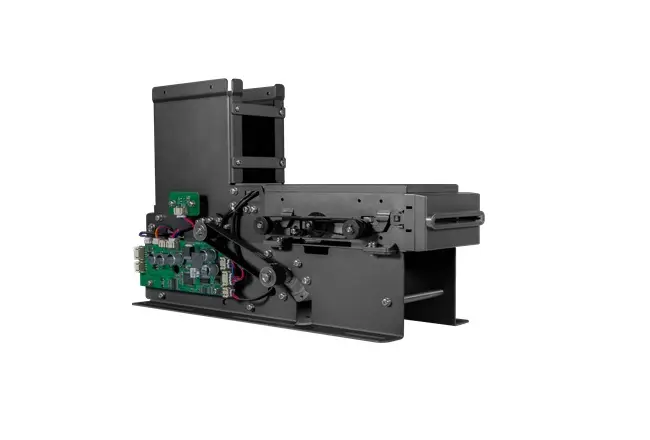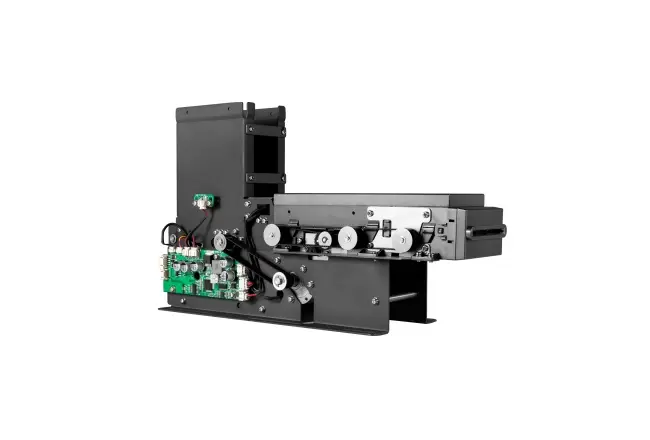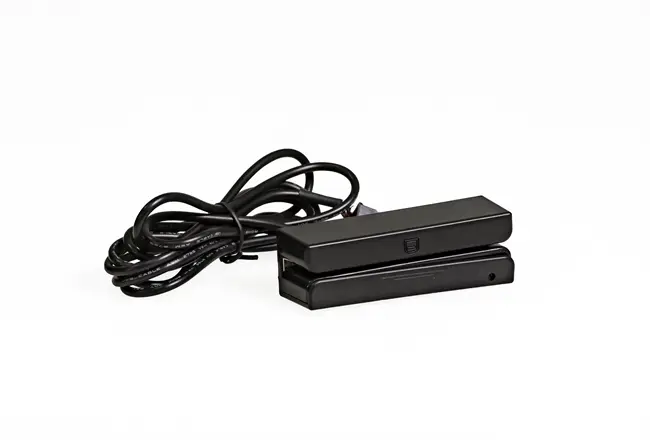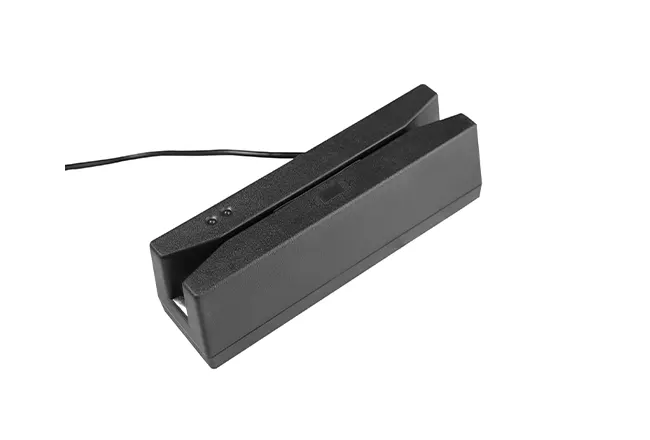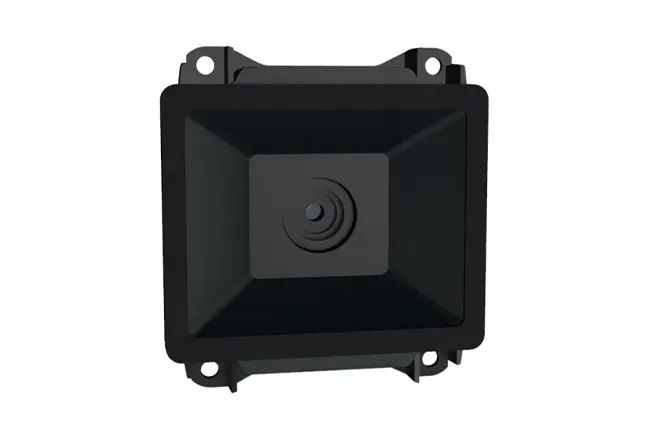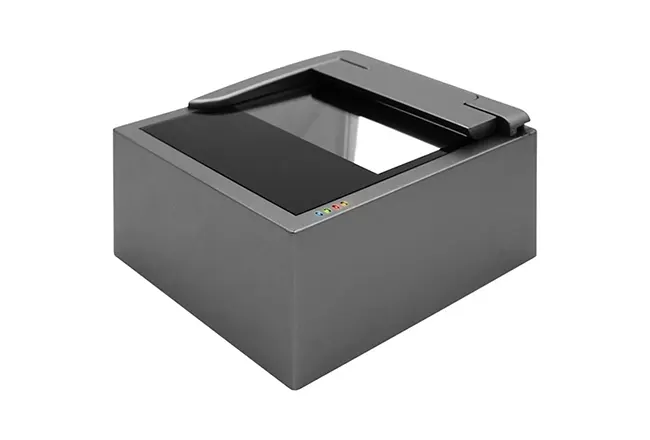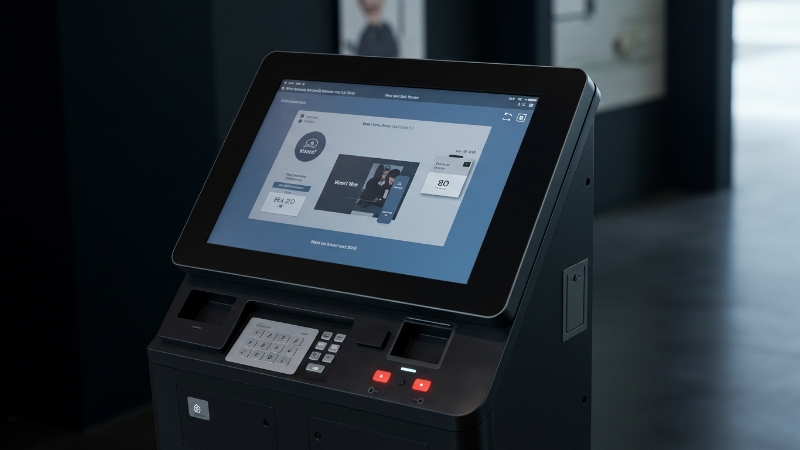Related Posts
Smart Card Reader Writer Innovations Transforming Payments in 2025
2025-06-201 | Why Smart Card Reader Writer Tech Matters More Than Ever
Walk into a café in Tokyo, swipe onto a tram in Berlin, or check into a hotel in São Paulo, and you're likely to meet the same invisible helper - the smart card reader writer. In 2025 these devices process more than seventy percent of global card-based payments, but their rise is about more than raw numbers. People want transactions that feel instant, and regulators want evidence that every cent is protected. The smart card reader writer sits at the center of both demands. Five years ago most terminals still leaned on simple magnetic-stripe readers. They worked, yet they felt dated and, frankly, unsafe. Today's models can read, write, and even encrypt data on magnetic, IC, and RFID cards without missing a beat. That triple-format support is what lets a single kiosk greet a transit card one minute and a payment card the next.
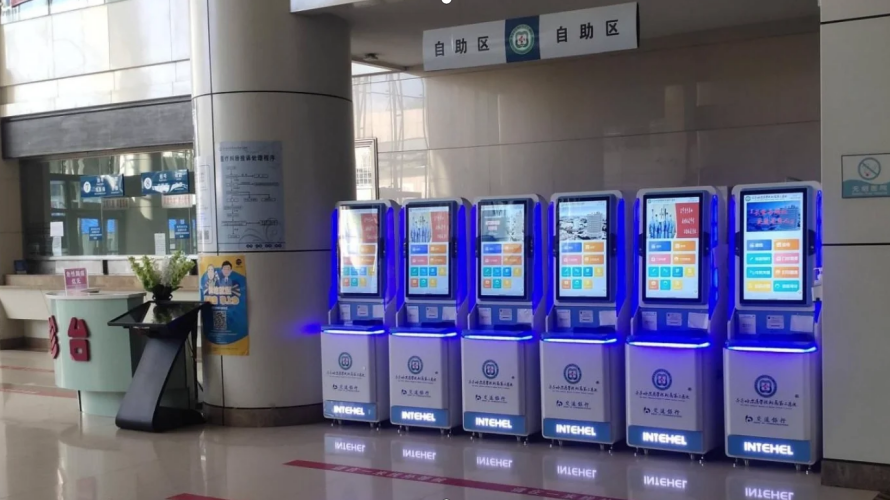
The change is being powered by a few clear forces:
✅ Faster chips, smarter firmware. A compact ARM processor now performs real-time encryption that once required a desktop PC.
✅ Tighter global standards. Schemes such as EMV Co., PBOC, and PCI DSS keep moving the goalposts, ensuring old hardware can't skate by on yesterday's certificates.
✅ Consumer impatience. If a reader fumbles a tap, customers remember. A quicker, more forgiving unit equals better reviews and repeat visits.
Ask any small merchant why they upgraded and you'll hear a human story. A coffee stall in Melbourne, for instance, trimmed its average queue time by thirty percent after swapping out aging readers for a multi-interface model. Fewer queues led to happier morning commuters - and a thirteen percent sales bump during the first month alone.
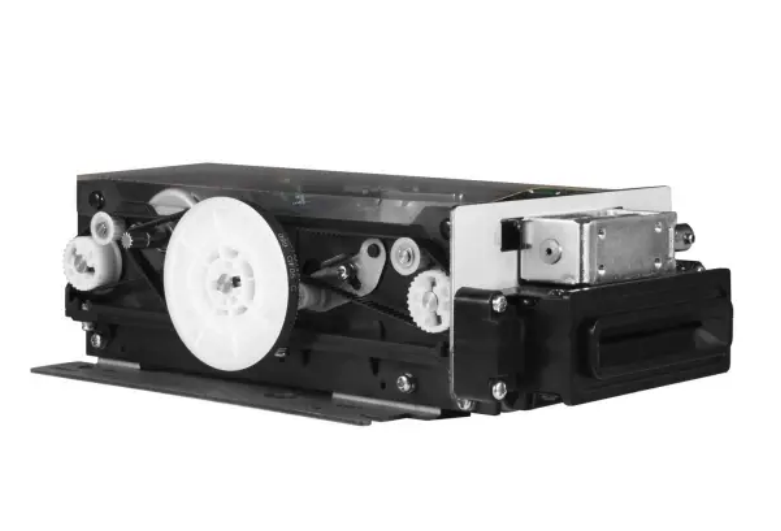
2 | Inside Tianteng and the TTCE-M800
Tech firms often speak in buzzwords. Tianteng prefers problems and solutions. Tianteng's flagship, the TTCE-M800 smart card reader writer, looks unassuming, yet beneath its small frame sits a design that feels built by people who have wrestled with real kiosks in dusty bus stations. The housing mixes high-temperature resin with embedded stainless-steel runners, so cards slide straight even when grit sneaks inside. The motor is rated for half a million cycles, while the magnetic head pushes toward eight hundred thousand swipes before accuracy drifts. Numbers matter because downtime costs money, and the firm's own field reports show a double-digit reduction in service calls when customers replace legacy heads with the M800.
A few highlights in plain language:
✅ Multi-card support. One slot accepts magnetic, IC, and RFID cards, saving counter space and integration headaches.
✅ Power-down eject. If electricity cuts out mid-transaction, the device spits the card back rather than holding it hostage.
✅ Hot-swap modules. Technicians can change a worn contact block in minutes, no soldering iron required.
✅ Global certificates. EMV, PBOC mean customs officers wave shipments through and banks sign off quickly.
While those bullet points look technical, their purpose is human. A transit operator in Warsaw reported that power-down eject alone shaved hours off daily incident resolution because stranded travelers no longer needed staff to retrieve trapped tickets. Multiply little victories like that across thousands of terminals and a city finds real savings. Tianteng's road map suggests even more user-centric tweaks. Engineers are exploring a haptic "ready” pulse, for instance, so riders wearing headphones can feel when to remove a card. It is the sort of minor flourish a spreadsheet might ignore yet a commuter will notice at six in the morning.
3 | Preparing Your Business for the Next Wave
Upgrading payment infrastructure feels daunting, yet 2025 is the right year to act. Standards will tighten again by 2026, especially around on-device encryption keys and remote firmware updates. Adopting a certified smart card reader writer today buys a multi-year window of compliance and spares you the scramble that comes when card-scheme deadlines loom.
Here's a practical three-step plan that merchants - large or small - can use:
- Audit your endpoints. Count every reader in the field, note its certification level, and log the last firmware revision. A quick spreadsheet often reveals hidden dinosaurs still handling weekend traffic.
- Map real-world pain points. Is your biggest headache dust, power flicker, or seasonal queue spikes? Match hardware features to those needs rather than chasing specs for their own sake.
- Pilot before you commit. Install two or three next-gen devices in a high-traffic spot for a month. Measure queue time, failure rates, and customer satisfaction. Data beats hunches every time.
Businesses that complete these steps often discover side benefits: smoother loyalty-card enrollment, richer analytics from write-back capabilities, and staff who spend less time rebooting frozen terminals. Those wins compound fast.
So what's next? Expect software to steal more of the spotlight. Cloud dashboards already push security keys and collect anonymized performance logs from each smart card reader writer in the field. Within two years, predictive maintenance models could schedule part replacements before breakdowns occur. Hardware will stay crucial, yet the smartest readers will feel less like static devices and more like nodes in a living network.
Bottom line
The payment industry's heart may beat in the cloud, but its pulse is measured at the point of sale - card in, data out, guest on their way. Choosing a modern smart card reader writer such as Tianteng's TTCE-M800 is not simply a hardware refresh; it is a promise to customers that their time and trust matter. That promise, delivered one smooth tap at a time, is what will separate tomorrow's winners from those stuck in yesterday's checkout line.

